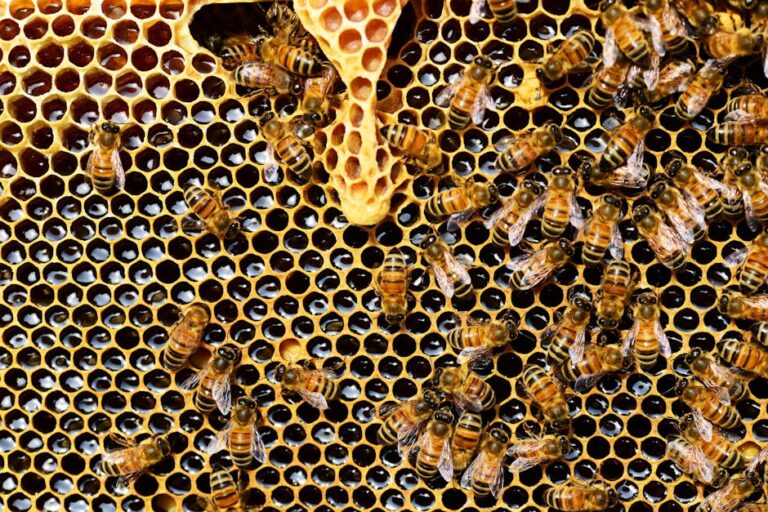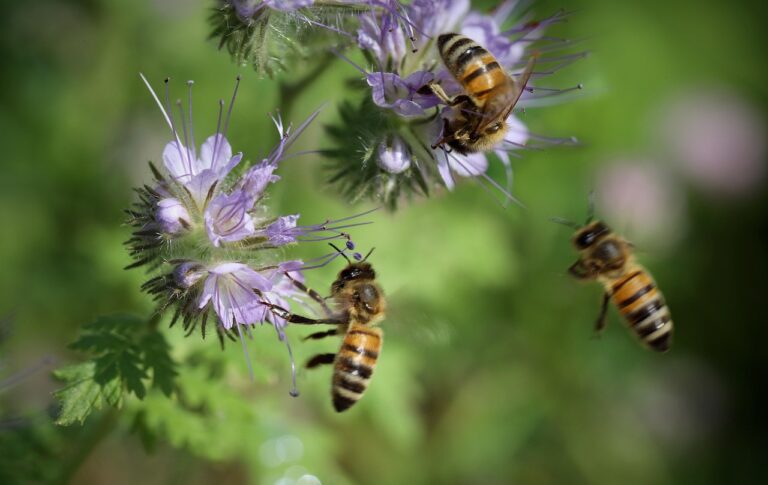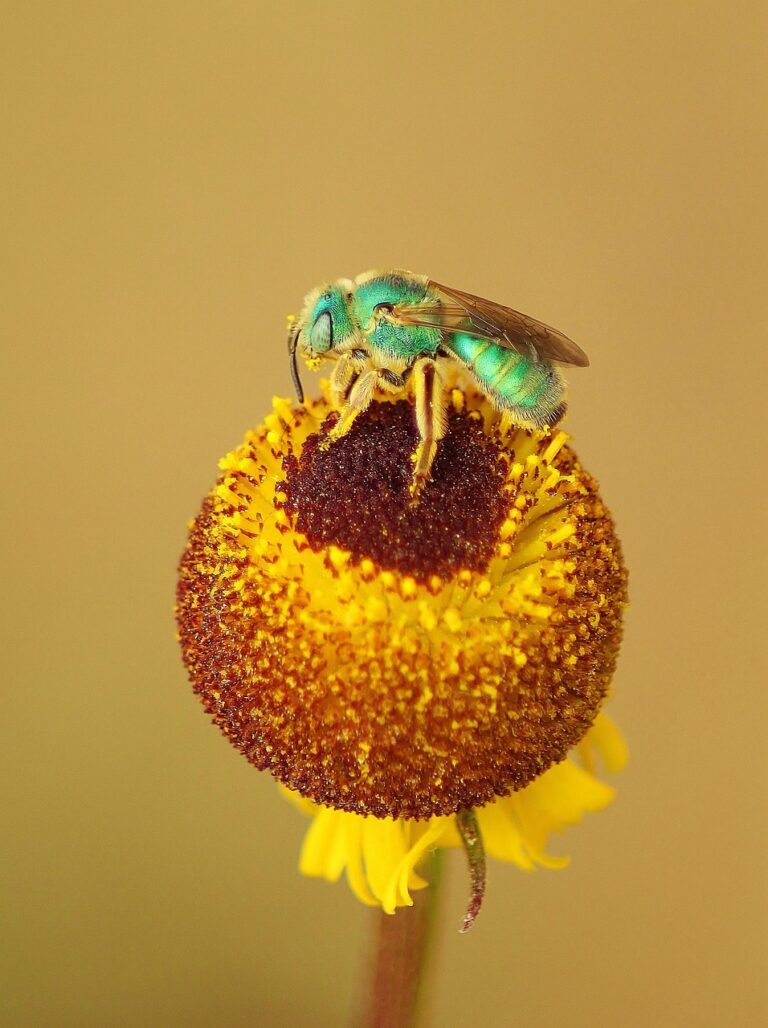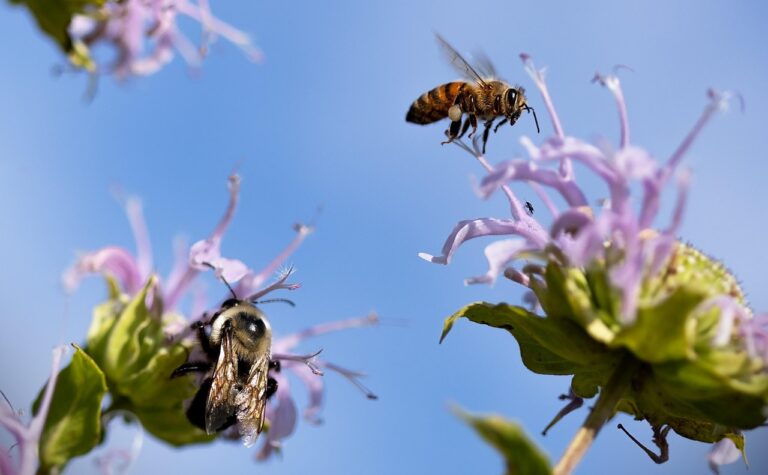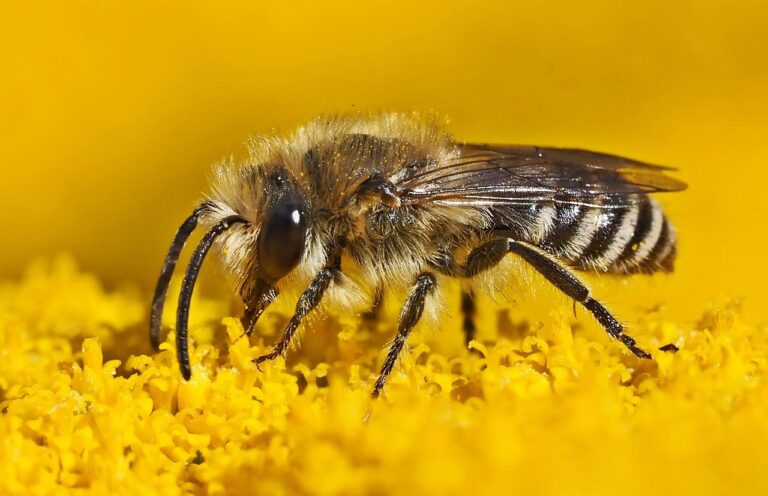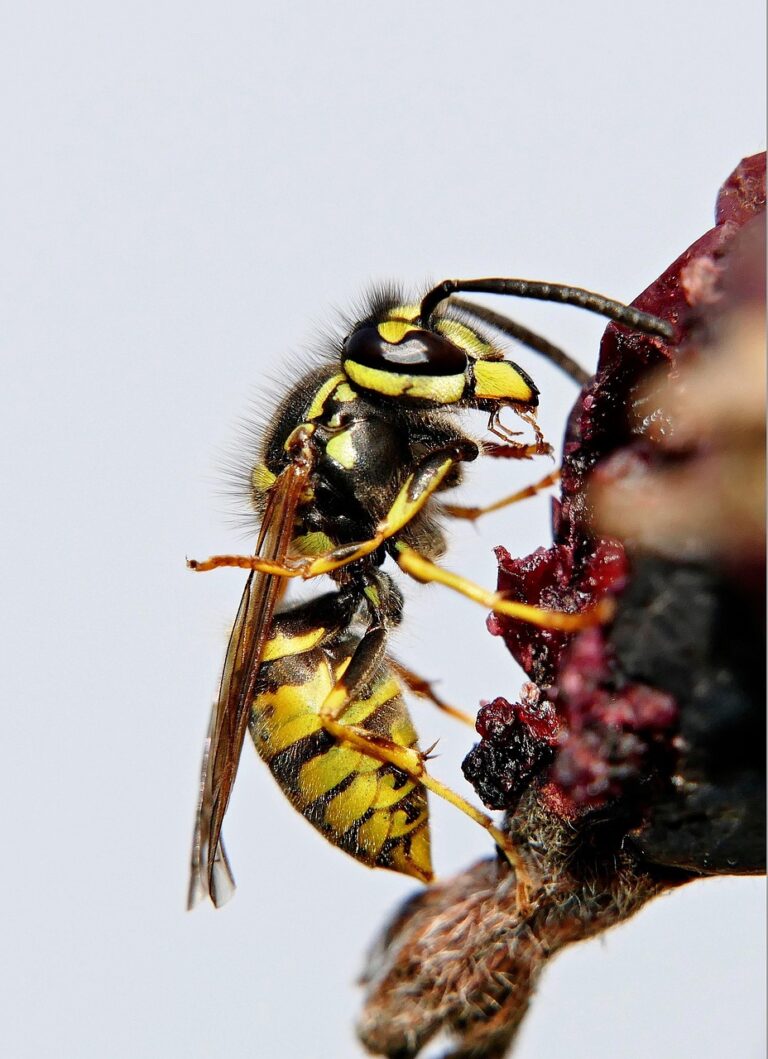How do bees build honeycomb?
Here’s how do bees build honeycomb Bees build honeycomb by producing wax from glands on the underside of their abdomens, chewing it to soften it, and then shaping it into the iconic hexagonal cells that form the comb[1][2]. This process is a collective effort of many worker bees and involves several precise steps for both […]
How do bees build honeycomb? Read More »
Bee Life, Biology of the Honey Bee, Hive Life
